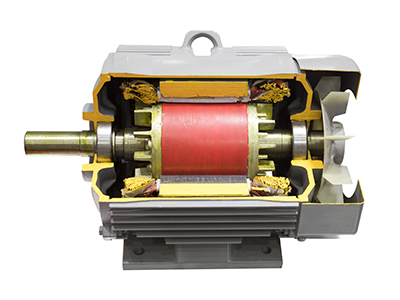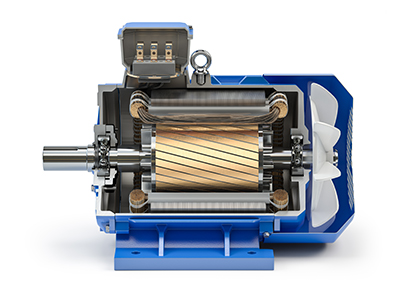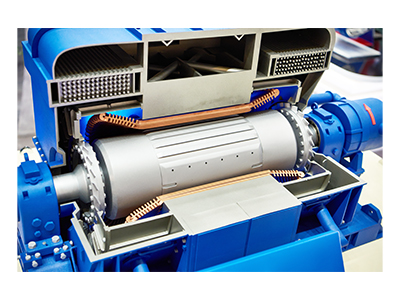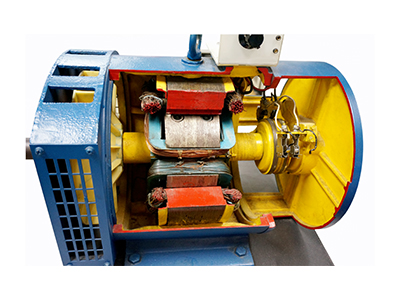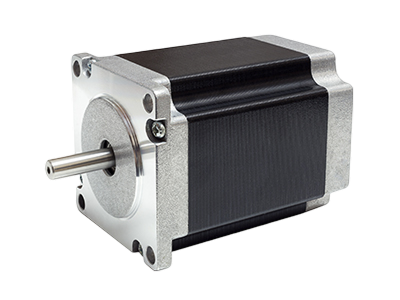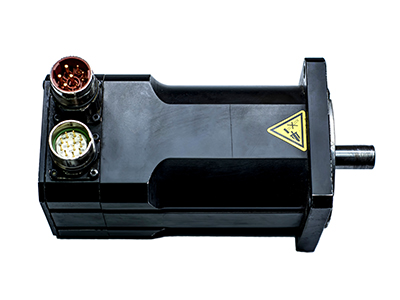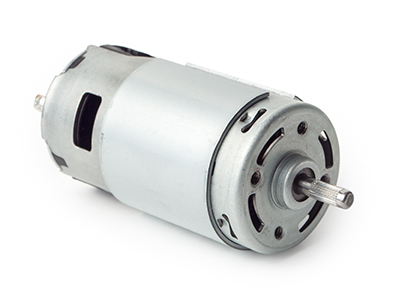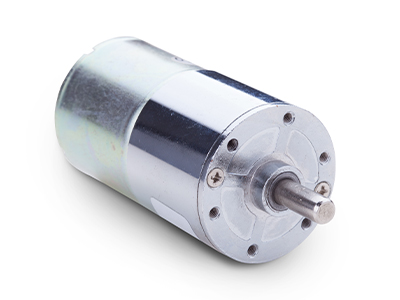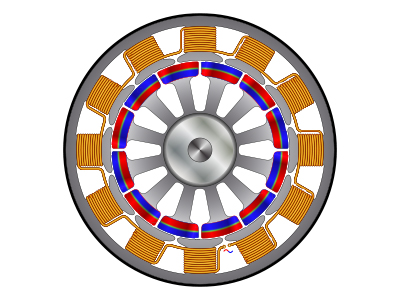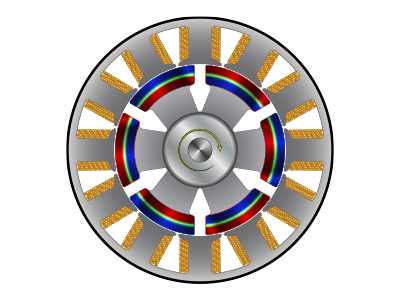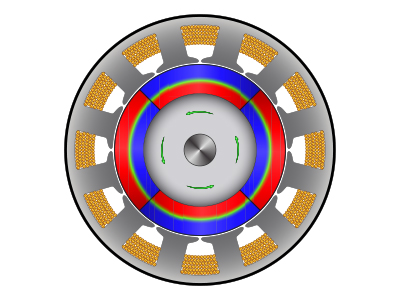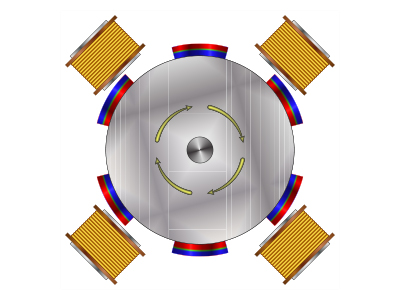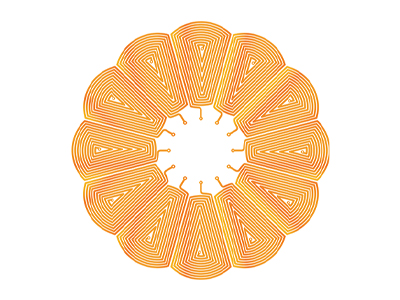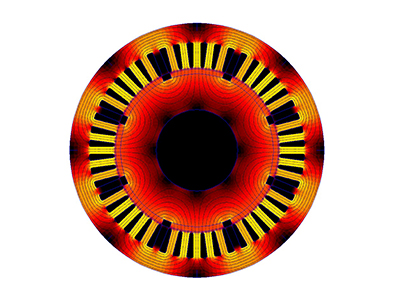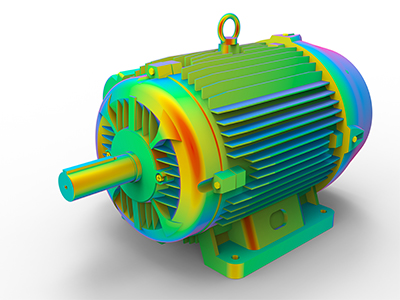Aerospace Technologies
Active Vibration Control
Rotorcraft experience significant vibrations due to rotor dynamics, impacting pilot comfort and structural integrity. To mitigate these, active vibration control (AVC) systems are implemented. These systems use technologies like anti-resonant isolators, piezoelectric actuators, and magnetostrictive struts, which counteract specific frequencies of rotor-induced vibrations. These solutions have led to significant reductions in cockpit noise and airframe stress, contributing to enhanced flight stability and comfort.
Aerial Refueling
Aerial refueling demands precise alignment and stability between the tanker and receiver aircraft. Design innovations in refueling mechanisms focus on robust aerodynamic analysis and advanced control algorithms to handle the air turbulence and maintain consistent fuel transfer rates. This includes dynamic response modeling to ensure that both aircraft can maintain relative positions with minimal adjustment.
Electrical Power Distribution
Aircraft systems rely on efficient power conversion and distribution, especially with the trend toward More Electric Aircraft (MEA) configurations This shift involves advanced power electronics to convert and manage the varied power demands from systems like avionics, environmental controls, and flight-critical sensors. Engineers design robust electrical system architectures to ensure consistent and reliable power supply. Electrical system designs are optimized for power efficiency, space and weight considerations.
Electrical Power Generation
High-voltage AC generation in modern aircraft, particularly MEA, requires compact yet highly efficient systems. These setups often use frequency converters and synchronous generators to supply stable high-voltage AC power, optimized for high reliability in fluctuating operating conditions. Engineers focus on minimizing power loss and ensuring safety in high-voltage conditions through advanced insulation and fault-tolerant design.
Life Support Systems
Aircraft systems that deliver enriched oxygen, such as Onboard Oxygen Generating Systems (OBOGS), are crucial for high-altitude operations. These systems use selective gas separation and pressure-swing adsorption to provide continuous oxygen to pilots, tailored to varying cabin pressures. Design and analysis work in this area focus on maximizing oxygen purity and efficiency while reducing weight and energy consumption.

